As a BetterHelp affiliate, we receive compensation from BetterHelp if you purchase products or services through the links provided
Have you ever had a thought pop into your head out of nowhere, leaving you feeling a bit uneasy? Or maybe you’ve acted on a whim, without much thought, and later wondered, “Why did I do that?” Well, you’re not alone. We all experience these random, sometimes unsettling thoughts and sudden urges. They’re a part of our complex human minds, subtly influencing our daily lives and emotions.
Let’s talk about intrusive thoughts first. These are those uninvited ideas or images that suddenly crash into our minds, often making us uncomfortable or anxious. They’re like unwelcome guests at a party, showing up without an invitation and sometimes overstaying their welcome. These thoughts can be about anything – concerns about cleanliness, unexpected doubts, or even strange, aggressive ideas that don’t reflect who we are.
On the other hand, there are impulsive thoughts. These sudden “just do it” moments push us to act without pausing to consider the consequences. Picture this: you’re in a store and see something you don’t need but suddenly decide to buy it. That’s impulsivity in action! While it’s expected to be spontaneous sometimes, constantly acting on these impulses can throw a wrench in our personal and work lives.
So, what’s the takeaway from all this? Recognizing and understanding these thoughts – the uninvited and the impulsive ones – is crucial. It’s the first step in managing their impact on our lives, helping us make better decisions and keeping our emotional well-being in check. Let’s dive deeper into this fascinating aspect of our minds!
Key Takeaways
- Intrusive thoughts are involuntary and can be distressing, often causing anxiety.
- Impulsive thoughts induce spontaneous actions without fully considering outcomes.
- Recognizing the differences between these thoughts is important for effective management.
 Understanding Intrusive Thoughts
Understanding Intrusive Thoughts
Intrusive thoughts can be unsettling, but understanding them is the first step to managing their impact on your life.
Defining Intrusive Thoughts
Intrusive thoughts interrupt your flow of thinking, often causing distress. They’re unwanted ideas or images that pop into your mind without warning. You might experience them as disturbing and difficult to control. Even though they’re common, they can be tough to talk about due to their content, which might include themes of violence, sexuality, or other upsetting topics.
- Examples of intrusive thoughts:
- Sudden thoughts of causing harm to yourself or others
- Unprovoked, vivid images of sexual acts
- Unexpected fears of shouting out obscenities in public
Common Types of Intrusive Thoughts
There are patterns in the types of intrusive thoughts people experience. These can range from minor to bothersome thoughts.
- Violent thoughts: Ideas of aggression towards others or self
- Harmful thoughts: Concerns about causing distress unintentionally
- Sexual thoughts: Uninvited images or ideas with a sexual nature
- Obsessions: Persistent thoughts that can become the focus of anxiety
Each type has its sting, but remember, having intrusive thoughts does not make you a bad person.
Differences Between Intrusive and Impulsive Thoughts
Intrusive and impulsive thoughts can be mistaken for one another, yet they’re quite distinct. Here’s how they differ:
- Intrusive Thoughts: These thoughts jump into your mind, often causing distress. They don’t necessarily lead to action; you might try to suppress or ignore them.
- Impulsive Thoughts: In contrast, impulsive thoughts are tied to actions. They often lead to spontaneous, sometimes reckless decisions without much deliberation.
Intrusive thoughts can be troubling, but understanding them is a solid ground for learning to cope effectively. Key Takeaway: Remember that experiencing intrusive thoughts doesn’t reflect your character—they’re a standard part of the human experience.
Understanding Impulsive Thoughts
Impulsive thoughts are sudden, spontaneous ideas or inclinations leading to immediate actions without deliberation. Recognizing and managing these thoughts is crucial in making informed decisions.
Defining Impulsive Thoughts
Impulsive thoughts are the kind of thoughts that appear out of nowhere, urging you to act quickly. They are often:
- Unplanned: They come without a prior decision-making process.
- Intense: They grab your attention and can feel overwhelming.
Key Takeaway: Impulsive thoughts are spontaneous and can push you towards instant actions.
Characteristics of Impulsive Thoughts
These thoughts have distinctive features, including:
- Short-lived: They might fade away as quickly as they come, provided you don’t act on them.
- Compelling: The urge to act on impulsive thoughts can be strong, sometimes leading to acting out.
Key Takeaway: Recognizing impulsive thoughts’ fleeting and intense nature can help you manage them better.
Causes and Triggers
Understanding the origins of your thoughts can empower you to manage them. Let’s unravel the complex web of factors that can ignite intrusive thoughts and drive impulsivity.
 Triggers of Intrusive Thoughts
Triggers of Intrusive Thoughts
Intrusive thoughts can surface unexpectedly, often triggered by external or internal stimuli that may seem unconnected at first glance.
- Stress: It acts as a significant trigger. You might notice an uptick in intrusive thoughts during high-pressure periods or after a stressful event.
- Anxiety and Fear: These feelings prime your brain to be on high alert, making you more susceptible to such thoughts. They can be reflections of your deepest concerns or simply random worries.
- Mental Health Disorders: Conditions like obsessive-compulsive disorder (OCD) and post-traumatic stress disorder (PTSD) are closely linked with an increased occurrence of intrusive thoughts, often related to the themes of the disorder, such as fear of contamination in OCD or memories of a traumatic event in PTSD.
Key Takeaway: Stressors and underlying mental health conditions can amplify the frequency and intensity of intrusive thoughts.
Causes of Impulsivity in Thought
Impulsivity in thought can be driven by various factors, from developmental changes to psychological conditions.
- Aging: Cognitive changes as you age can influence how you process and act on your impulses.
- Brain Injury: If you’ve sustained an injury to the brain, it can alter your impulse control, leading to a higher tendency for impulsive thinking.
- Depression and Mental Health Disorders: Impulsivity can sometimes be symptomatic of a broader mental health issue. For instance, depression can sometimes cause difficulty in concentrating, leading to hasty decisions or thoughts.
- Strategies for Management:
- Awareness: Being mindful of the causes can help you recognize and address your impulses.
- Support: Seeking guidance from a mental health professional could be beneficial.
Key Takeaway: Awareness of aging effects, brain injury, or mental health struggles can be crucial in understanding and potentially mitigating impulsive thoughts.
 Impact on Mental Health
Impact on Mental Health
Exploring the relationship between certain types of thoughts and mental health is crucial. Intrusive thoughts can be a sign of underlying disorders, while impulsive thoughts may lead to behaviors affecting your well-being.
Intrusive Thoughts and Mental Health Disorders
Intrusive thoughts—unwanted, distressing thoughts—can occur in various mental health conditions. Obsessive-Compulsive Disorder (OCD) is characterized by persistent, intrusive thoughts that lead to compulsive behaviors aimed at reducing anxiety. Individuals might find themselves trapped in a cycle of obsessions and compulsions, significantly impacting their daily lives.
- Post-Traumatic Stress Disorder (PTSD): Experiencing intrusive memories or flashbacks is a common symptom.
- Depression: Intrusive thoughts often focus on themes of hopelessness or self-criticism.
- Anxiety Disorders: Repetitive worries about future events or catastrophes are prevalent.
Key takeaway: Recognizing intrusive thoughts can be a step towards identifying and treating underlying mental health disorders.
Impulsive Thoughts and Behavioral Impact
Impulsive thoughts reflect a sudden urge to act without forethought. They can contribute to risky behaviors and complicate existing mental health issues.
- Bipolar Disorder: During manic episodes, you might experience an increase in impulsive thoughts, leading to high-risk behavior.
- Eating Disorders: Impulsive thoughts can manifest as sudden urges related to eating or body image, influencing these disorders.
Impulsive thoughts also factor into the development of addictions, where the urge to engage in substance abuse can be overpowering. Awareness and management of impulsive thoughts are crucial for maintaining control over your actions and supporting your mental health.
Key takeaway: Noticing impulsive thought patterns is essential, as they can influence behaviors and interact with various mental health conditions.
Managing Intrusive Thoughts
Intrusive thoughts can be unsettling, but knowing how to manage them effectively marks the first step toward regaining control. Your journey towards mastery over these thoughts begins with understanding the interventions and management strategies available.
 Therapeutic Interventions
Therapeutic Interventions
Cognitive Behavioral Therapy (CBT):
- Central to controlling negative thoughts.
- Focuses on altering thought patterns, reducing intrusive thoughts’ impact.
Medication:
- It is sometimes prescribed to help manage the symptoms associated with these thoughts.
- Consultation with a healthcare provider is essential to understand if this is the right step.
Behavioral Therapy:
- Employs techniques to change your reactions towards intrusive thoughts.
Key Takeaway: With professional guidance, therapies like CBT can be powerful tools in managing intrusive thoughts.
 Self-Help Strategies and Management Techniques
Self-Help Strategies and Management Techniques
Mindfulness:
- Practice being in the present moment; don’t judge your thoughts.
- Regular mindfulness exercises can decrease stress and improve control over intrusive thoughts.
Journaling:
- Consistently writing down your feelings can provide an outlet for negative thoughts.
- Helps in identifying triggers and patterns associated with these thoughts.
Management Techniques:
- Prioritize self-care: Ensuring adequate sleep, nutrition, and exercise can bolster your mental health.
- Deep breathing exercises: Useful for immediate stress relief.
Key Takeaway: Self-help techniques, like mindfulness and journaling, are accessible tools to support you in managing intrusive thoughts.
Managing Impulsive Thoughts
When you’re looking to manage impulsive thoughts, it’s imperative to understand that you’re not alone and there are proven strategies to help you regain control.
Therapy and Behavioral Management
Cognitive Behavioral Therapy (CBT) is a cornerstone in managing impulsive thoughts. CBT helps you identify the triggers of impulsive thoughts and teaches you strategies to respond to them. Here’s what you should know:
- Education: CBT starts with educating you about your thoughts and behaviors.
- Skill Development: You’ll learn skills to alter negative thought patterns.
- Practice: It’s all about reinforcing these skills through practice in real-life scenarios.
Behavioral therapy also includes techniques such as mindfulness and relaxation exercises. These are designed to increase your awareness and control over your impulses.
Key Takeaway: Therapy, especially CBT, offers tools to recognize and reshape impulsive thoughts.
Medications and Interventions
Medications, often when combined with therapy, can provide relief from impulsive thoughts. Selective Serotonin Reuptake Inhibitors (SSRIs) are one type of medication commonly used. This is what you need to know:
- SSRIs: These increase serotonin levels in your brain, which can help moderate your moods and impulsivity.
- Professional Guidance: Always consult a healthcare provider to determine the best medication for you.
It’s important to understand that medication may help manage symptoms, but it’s typically most effective when paired with therapy.
Key Takeaway: Medications, such as SSRIs, can aid in managing impulses but should be guided by a healthcare professional.
 Therapeutic Approaches Specific to OCD
Therapeutic Approaches Specific to OCD
In treating obsessive-compulsive disorder (OCD), a condition characterized by distressing obsessive thoughts and compulsive behaviors, two evidence-based methods stand out. Cognitive Behavioral Therapy (CBT) and Exposure and Response Prevention (ERP) are tailored to help you regain control over your thoughts and actions.
Cognitive Behavioral Therapy (CBT)
Cognitive Behavioral Therapy, or CBT, is a type of talk therapy that focuses on identifying the connections between your thoughts, feelings, and behaviors. In the case of OCD:
- It helps you understand the flawed thinking patterns fueling your obsessions and compulsions.
- You learn to challenge and modify these thoughts.
The process may include:
- Education: Understanding your disorder is crucial; it empowers you to identify what you’re dealing with.
- Cognitive restructuring: You’ll learn to identify and challenge irrational beliefs and gradually shift to more realistic thoughts.
- Skills training: Practical techniques are taught to manage anxiety and reduce compulsive behaviors.
Key Takeaway: CBT equips you with the skills to tackle obsessive thoughts and change the behavioral patterns that they trigger.
Exposure and Response Prevention (ERP)
Exposure and Response Prevention (ERP) is a subtype of CBT specifically designed to treat OCD:
- During ERP, you’re gradually exposed to situations or thoughts that trigger your obsessions.
- The key is to prevent the usual compulsive response, teaching you to tolerate the anxiety and dismiss the obsessive thoughts without engaging in compulsions.
Here’s what ERP typically involves:
- Hierarchy Creation: Together with your therapist, you’ll create a list of triggers, ranked from least to most anxiety-provoking.
- Controlled Exposures: Starting with manageable triggers, you’ll confront these fears without performing the compulsive rituals.
- Consistency: Regular sessions ensure gradual progress and lasting results.
Key Takeaway: ERP challenges you to face your fears without resorting to compulsions, ultimately reducing the power obsessions have over your life.
Both CBT and ERP require effort and patience, but they provide you with invaluable tools to manage your OCD. With guidance from a trained therapist, you can learn to control your responses to obsessive thoughts and reclaim your life from compulsive behaviors.
Complications and Comorbidities
Impulsive and intrusive thoughts can intertwine with various mental health issues, compounding distress and complicating treatment. Recognizing these connections helps tailor intervention strategies.
Associations with Other Mental Health Conditions
Your struggle with impulsive or intrusive thoughts might not be in isolation. These thought patterns often occur alongside other mental health conditions, which can intensify each other. For example:
- Anxiety: You may find that intrusive thoughts fuel your anxiety, creating a cycle where each exacerbates the other.
- Obsessive-Compulsive Disorder (OCD): Intrusive thoughts are a hallmark of OCD, often leading to repetitive behaviors in an attempt to manage these unwanted thoughts.
- Post-Traumatic Stress Disorder (PTSD): Intrusive thoughts may manifest as flashbacks or unwanted memories, which are common in PTSD.
- Depression: Impulsive thoughts can sometimes lead to risky behavior, while intrusive thoughts may contribute to the hopelessness associated with depression.
Key Takeaway: Understanding your mental health condition with impulsive and intrusive thoughts can guide more effective treatment options.
Long-Term Effects of Unmanaged Thoughts
When you leave impulsive or intrusive thoughts unchecked, there can be long-lasting impacts on your well-being, such as:
- Pervasive distress that interferes with daily life.
- Increased risk of developing chronic mental health conditions.
- Potential for destructive behaviors if impulsive thoughts are not managed.
By setting up coping mechanisms and seeking therapy, you can minimize these long-term effects and improve your mental health trajectory.
Key Takeaway: Early intervention can significantly reduce the risk of long-term complications associated with impulsive and intrusive thoughts.
Sociocultural and Personal Factors
When considering the interplay between impulsive and intrusive thoughts, it’s important to recognize that your personal history and the cultural context you live in play significant roles. These can mold how you perceive and approach your own experiences of these thoughts.
Role of Personal Experiences
Your previous encounters with stress, trauma, or relationship dynamics can shape your susceptibility to impulsive or intrusive thoughts. For example:
- Relationships: Troublesome relationships may prompt fears of abandonment, leading to impulsive reactions or obsessive thoughts.
- Sexual Orientation: Facing societal non-acceptance can trigger intrusive thoughts related to identity and self-worth.
Sociocultural Influences on Thought Patterns
The wider cultural milieu, including prevalent attitudes toward religion, violence, and more, affects thought trends significantly:
- Religion: Religious upbringing or societal norms can influence guilt-laden, impulsive or intrusive thoughts.
- Violence: Exposure to violence through media or environment can normalize aggressive thoughts or behaviors.
Key Takeaway: Your history and societal background significantly influence how you experience and handle impulsive and intrusive thoughts. Recognizing these factors is the first step in managing them effectively.
Frequently Asked Questions
In this section, you’ll find precise answers to common questions that will shed light on the distinctions and nuances between impulsive and intrusive thoughts, including their management as understood by mental health professionals.
What are the main differences between impulsive and compulsive behaviors?
Impulsive behaviors are spontaneous actions driven by momentary desires without considering the consequences. A desire for immediate gratification often fuels them. Compulsive behaviors, on the other hand, are repetitive and driven by an overwhelming need to alleviate anxiety or discomfort.
Key takeaway: Impulsivity is about spontaneity, whereas compulsion is driven by an urge to reduce distress.
How can one distinguish between a thought that is impulsive and one that is intrusive?
Impulsive thoughts spur you into action, compelling you to act quickly, while intrusive thoughts are unwelcome and often distressing ideas that violate your values. Impulsive thoughts are reflections of wishes or desires, but intrusive thoughts are invasive and can be troubling, with no intention to act upon them.
Key takeaway: Impulsivity leads to immediate action, whereas intrusiveness invades your peace of mind without the intent to act.
What are common examples of impulsive thoughts that an individual may experience?
- Deciding to make a big purchase on a whim.
- Messaging someone out of the blue with a dying urge to communicate.
- Suddenly quitting a job or ending a relationship without contemplating the consequences.
Key takeaway: Impulsive thoughts can lead to immediate, spur-of-the-moment decisions.
Can impulses lead to intrusive thoughts, or are they separate phenomena?
Impulses and intrusive thoughts are separate phenomena, but one can influence the other. Acting on an impulse can sometimes trigger intrusive thoughts of doubt or regret. Despite their interaction, they originate from different mental processes, one being action-oriented and the other steeped in uncontrollable rumination.
Key takeaway: While separate, impulses can sometimes be a precursor to intrusive thoughts.
What types of thoughts are considered taboo or uncomfortable to discuss, yet commonly intrusive?
Commonly intrusive thoughts can revolve around:
- Aggressive or violent scenarios.
- Unwanted sexual thoughts.
- Fears about safety or hygiene are often out of character with one’s usual concerns.
Key takeaway: Even though they’re distressing, such intrusive thoughts are more common than you might think.
How do mental health professionals recommend managing impulsive actions that may result from intrusive thoughts?
Mental health professionals often suggest:
- Mindfulness techniques to stay aware without judgment.
- Cognitive-behavioral strategies to alter the relationship with these thoughts.
- Stress-relief practices like exercise or meditation to manage urges.
Key takeaway: The key is understanding the thought patterns and finding healthy ways to manage them.
About Jacob Maslow
After surviving the traumatizing events of 9/11, I took it upon myself to heal through helping others. I’m the primary caregiver of my children and understand from first-hand experience the lonely paths you have to walk as a partner and parent when leaving an unhealthy relationship.
We’re all echoing in a dark space that doesn’t have to be this empty, and that’s been my mission since finding solace and recovery in therapy: To help comfort others who are still in shock and at the prime of their struggle.
I came across BetterHelp after searching for this type of community. I wanted to belong to a body of proactive therapists and supportive therapy veterans who allowed me to see other sides of the story.
It was unconventional, and that’s what attracted me most. During my most challenging times, when my ex-wife completely cut me off from my children, I found comfort and clarity through BetterHelp.
Instead of being chained to a strict therapist recommendation, I was in charge of who I felt understood my struggle most. That allowed me to find my true peace, as I was reunited with those who read behind my words and had first-hand experience with my trauma.
Recovery is a choice; with BetterHelp, that choice will be a few clicks away. You can join their couples-oriented platform, Regain.us, for those stuck with family estrangement and toxic relationship patterns.
- Breaking the Silence: Why Men’s Mental Health Matters More Than Ever - April 15, 2025
- How to Transform a Home’s Patio Space into a Relaxing Space - March 23, 2025
- 5 Strategies to Use a Cell Phone to Help Manage Your Stress - March 23, 2025
This site contains affiliate links to products. We will receive a commission for purchases made through these links.


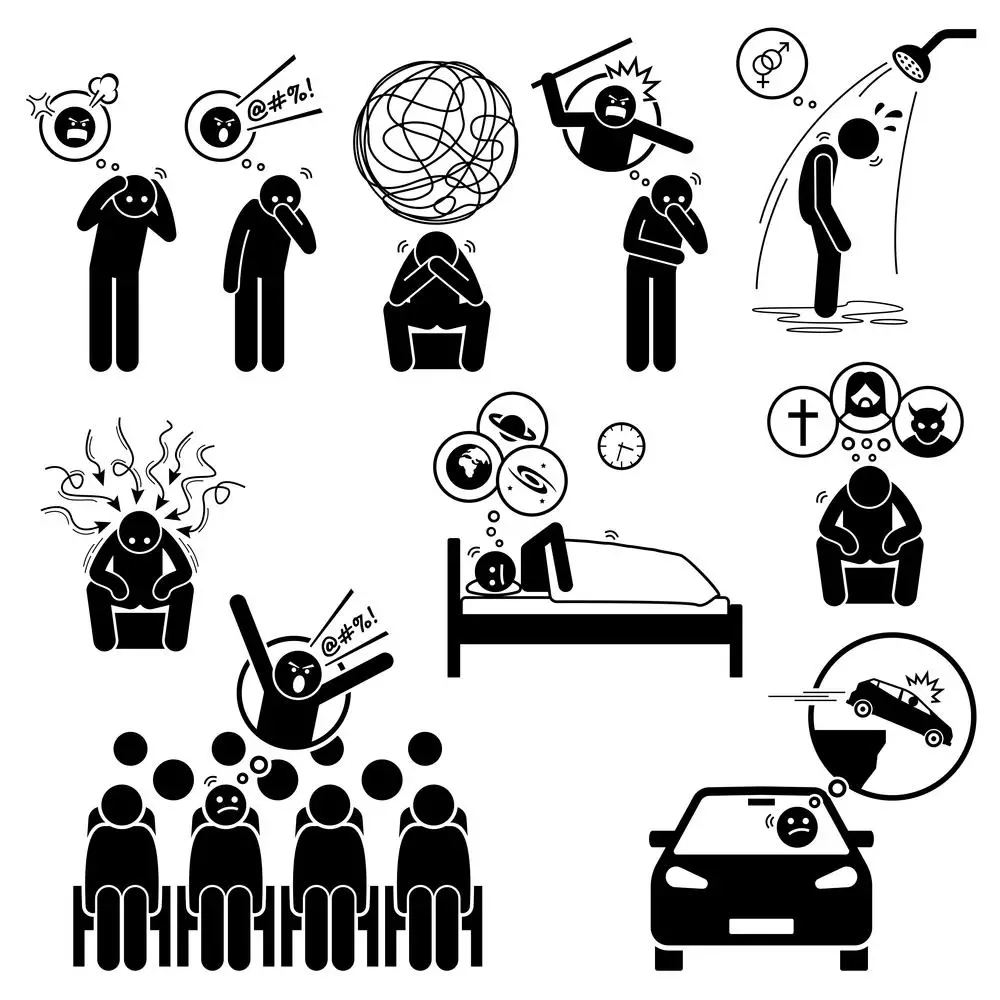 Understanding Intrusive Thoughts
Understanding Intrusive Thoughts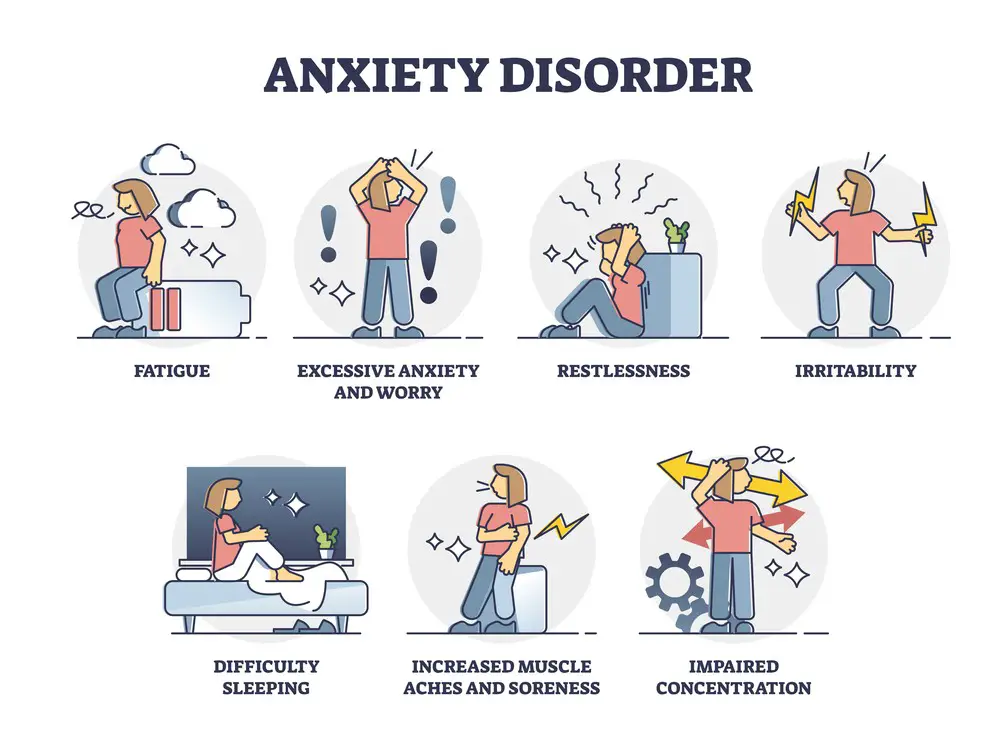 Triggers of Intrusive Thoughts
Triggers of Intrusive Thoughts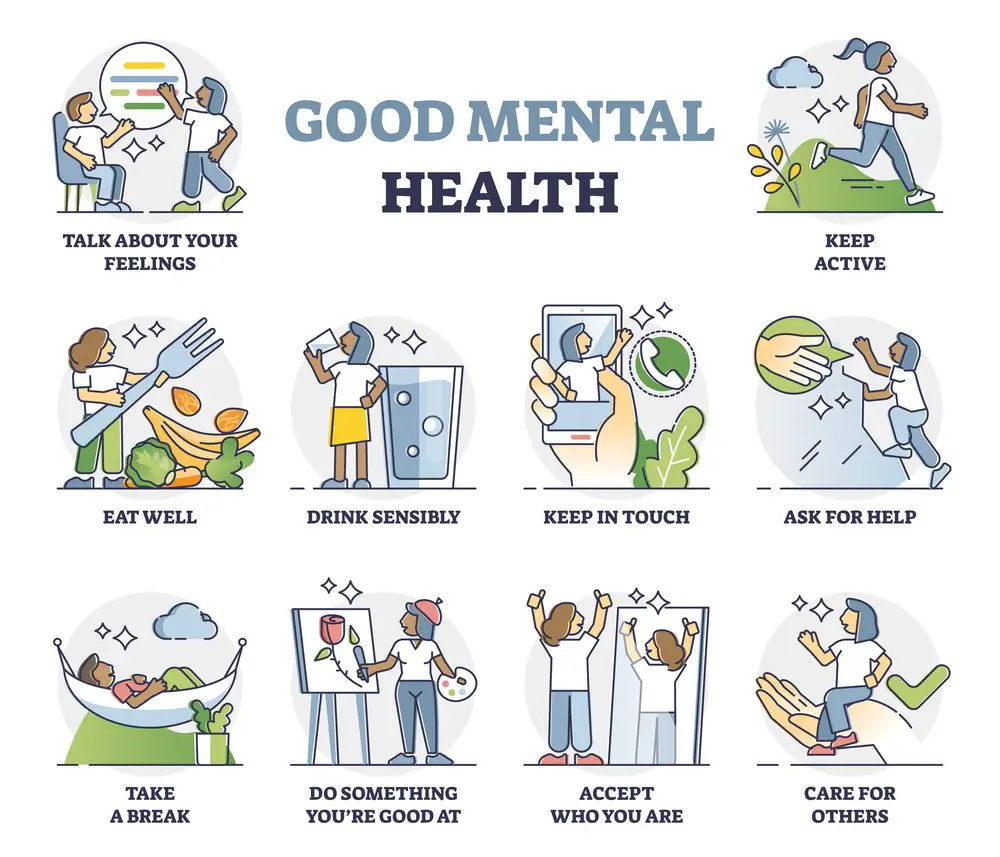 Impact on Mental Health
Impact on Mental Health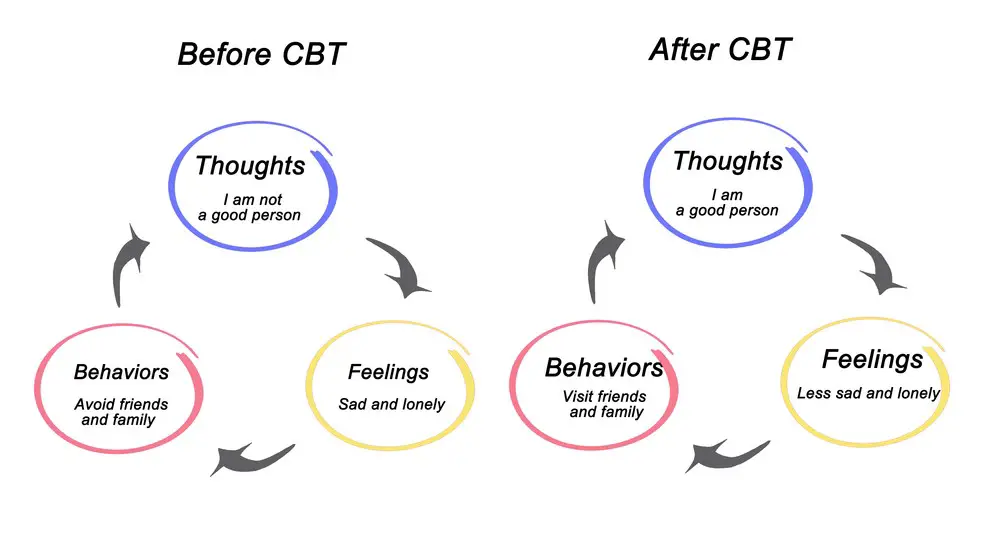 Therapeutic Interventions
Therapeutic Interventions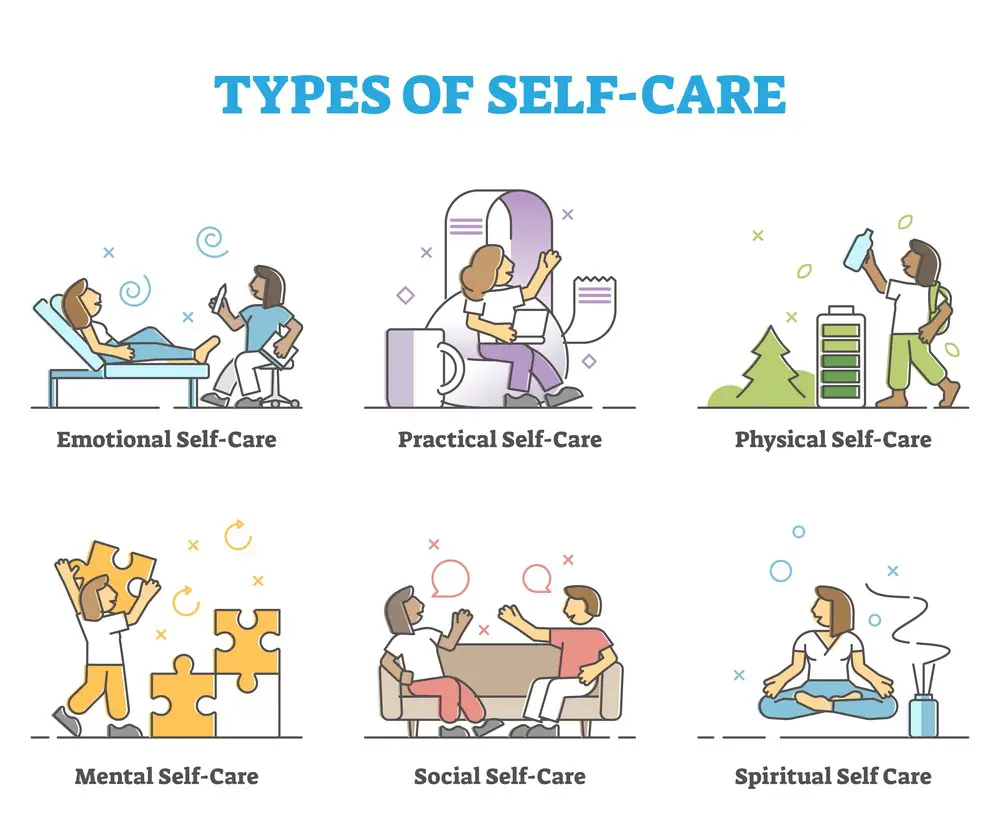 Self-Help Strategies and Management Techniques
Self-Help Strategies and Management Techniques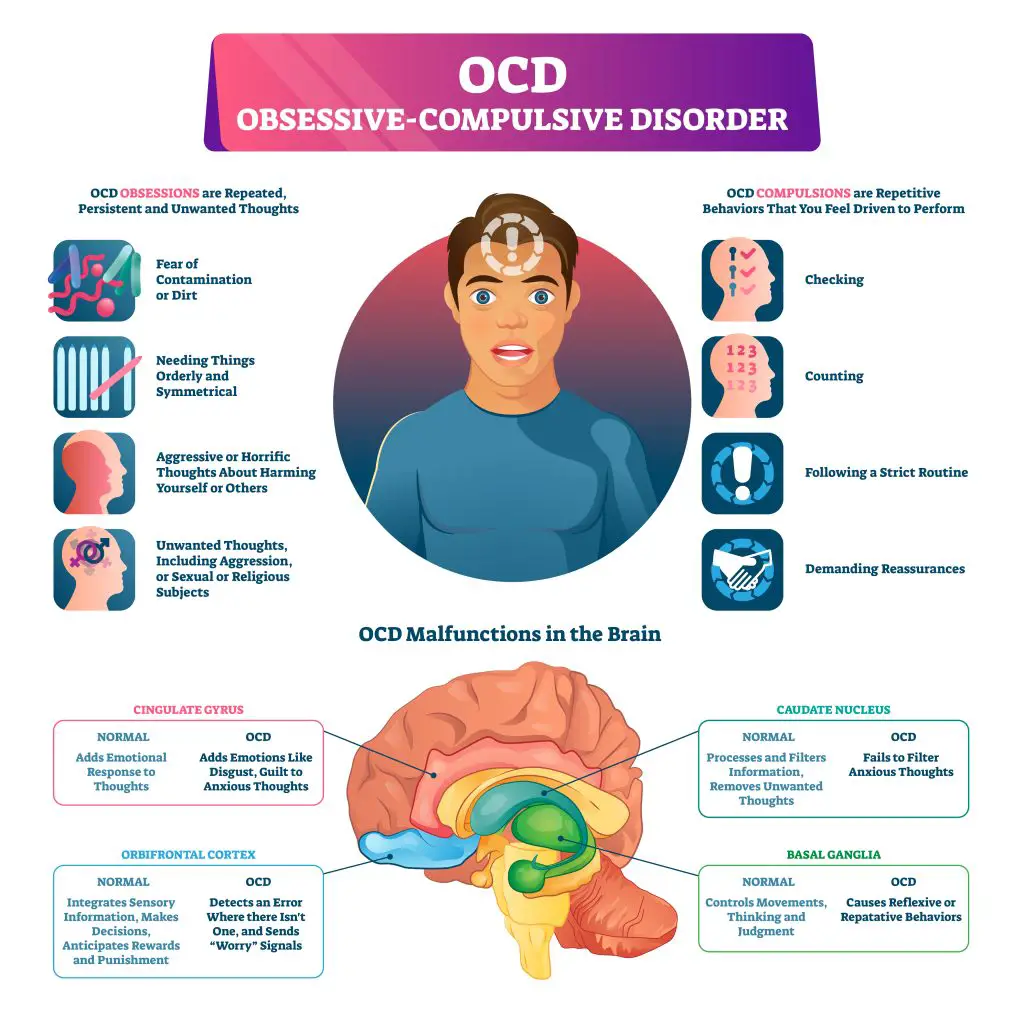 Therapeutic Approaches Specific to OCD
Therapeutic Approaches Specific to OCD
